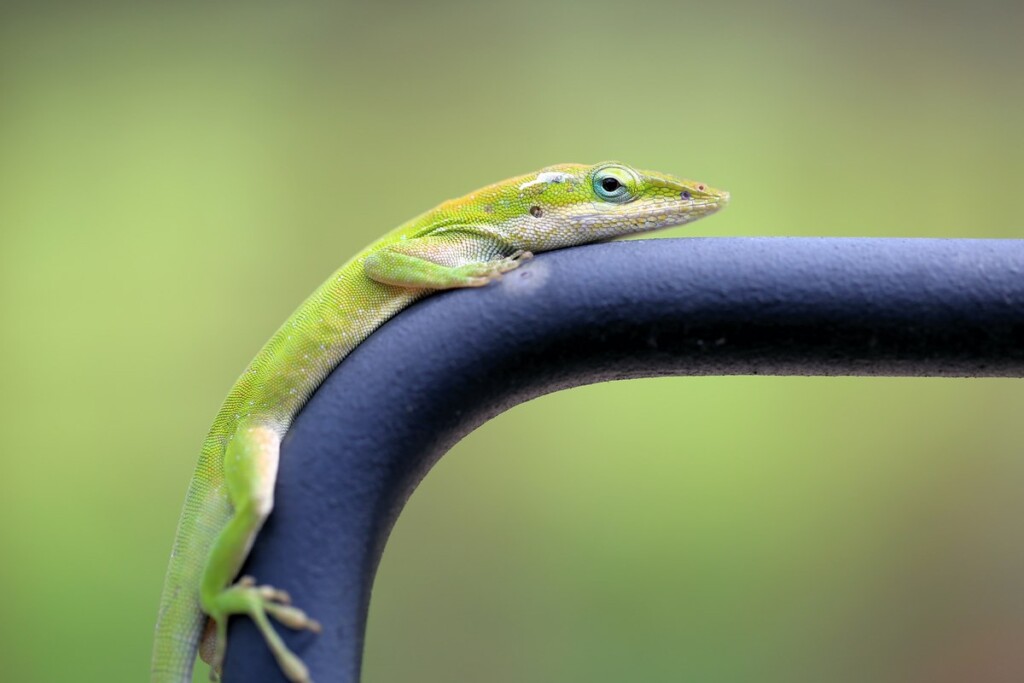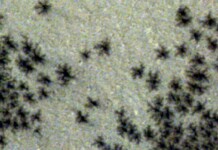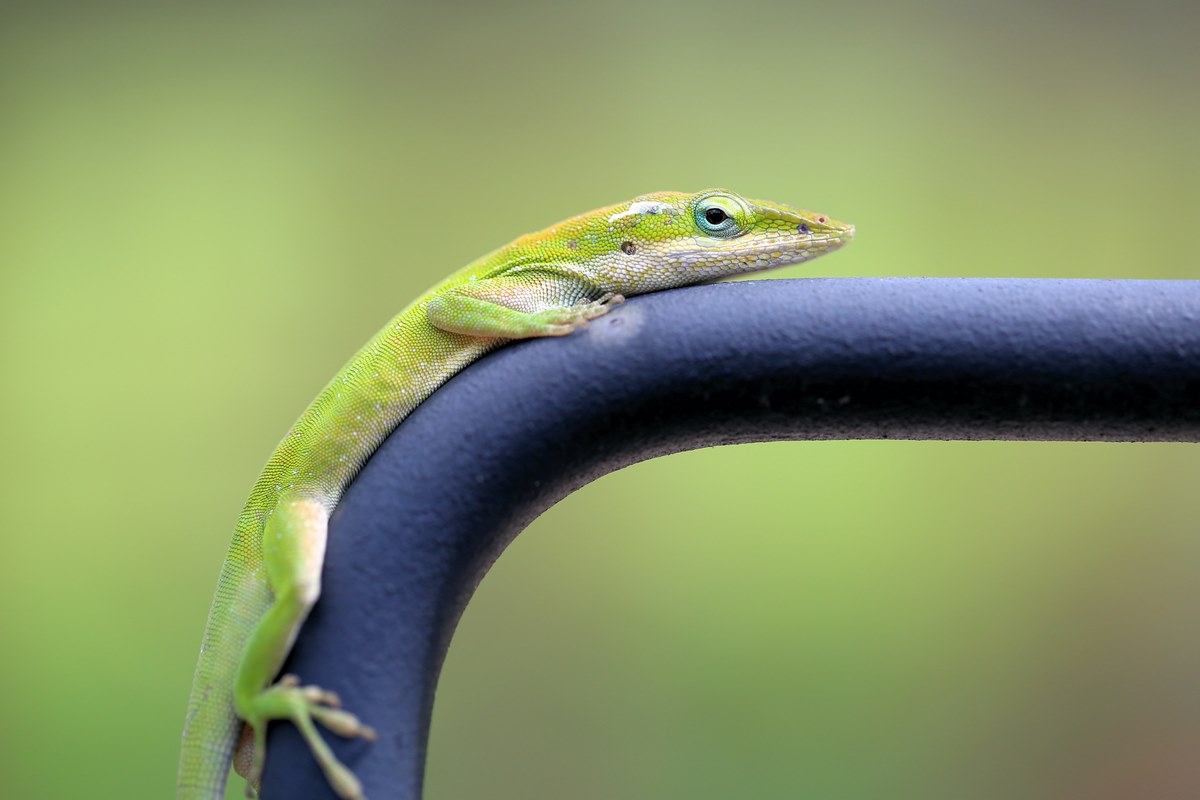
Lizards have the ability to shed their tails to escape predators, after which they will regrow in around 60 days’ time.
Although it looks like a normal tail, the original bone is actually replaced by softer cartilage.
Now researchers at the Keck School of Medicine in the University of Southern California have identified key cells that facilitate that cartilage regeneration.
They believe their discovery could unlock ways to rebuild cartilage damaged by osteoarthritis, a crippling degenerative disease for which at present there is no cure, and which affects 10% of all Americans.
Lizards are among the only higher vertebrates capable of regenerating cartilage that does not harden and are the closest relatives to mammals that can regenerate.
The team has published in the journal Nature Communications the first detailed description of the interplay between the two cell types that allow lizards to regenerate their tails.
“Lizards are kind of magical in their ability to regenerate cartilage because they can regenerate large amounts of cartilage and it doesn’t transition to bone,” said corresponding author Thomas Lozito, assistant professor of orthopedic surgery and stem cell biology and regenerative medicine at the Keck School of Medicine of USC.
“The dream is to find a way to translate that process in humans because they cannot repair cartilage. This represents an important step because we need to understand the process in great detail before we can try to recreate it in mammals.”
Fibroblasts are the critical cell type that builds cartilage, and their research found that changes in gene activity that took place among certain fibroblast cells enabled de novo cartilage building.
They also discovered that a type of immune cell called a septoclast plays an important role in inhibiting fibrosis, or scarring, allowing the process of regeneration to take place.
MORE HUMAN REGENERATION: Regenerative Medicine Breakthrough: Cellular ‘Glue’ Heals Wounds, Potentially Regrows Nerves and Tissue
“Those two cell types working together laid the foundation for the beginning of the regenerative process,” explained Dr. Lozito. “A major difference between humans and lizards is that human tissue tends to scar and that scarring prevents tissue regeneration.”
Remarkably, the researchers were able to induce cartilage regeneration in the limbs of lizards, which do not regrow like their tails.
They now hope to test whether they can induce cartilage building in mammals, beginning with mice, using the techniques they employed in their experiments on lizard limbs.
MORE HUMAN REGENERATION: World’s First ‘Tooth Regrowth’ Medicine Moves Toward Clinical Trials in Japan
It opens an interesting avenue of imagination—of regenerating joints of all sorts in a non-invasive procedure. It’s the kind of thing a football coach dreams about.
SHARE This Inspiring First Step With Your Friends…
Editor’s note: This story has had its image changed to reflect the correct reptile species.




















